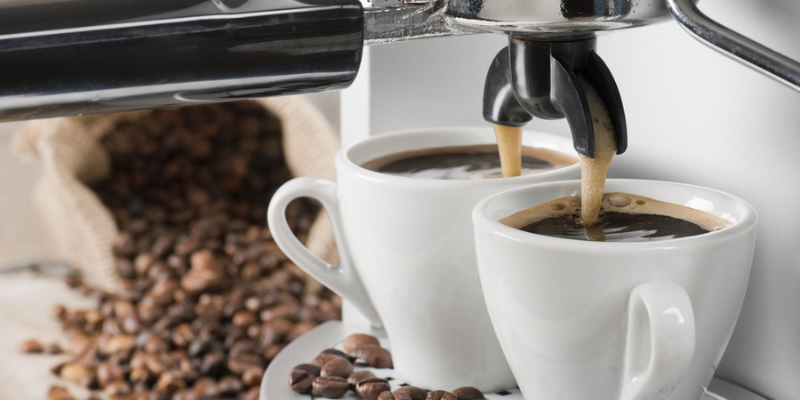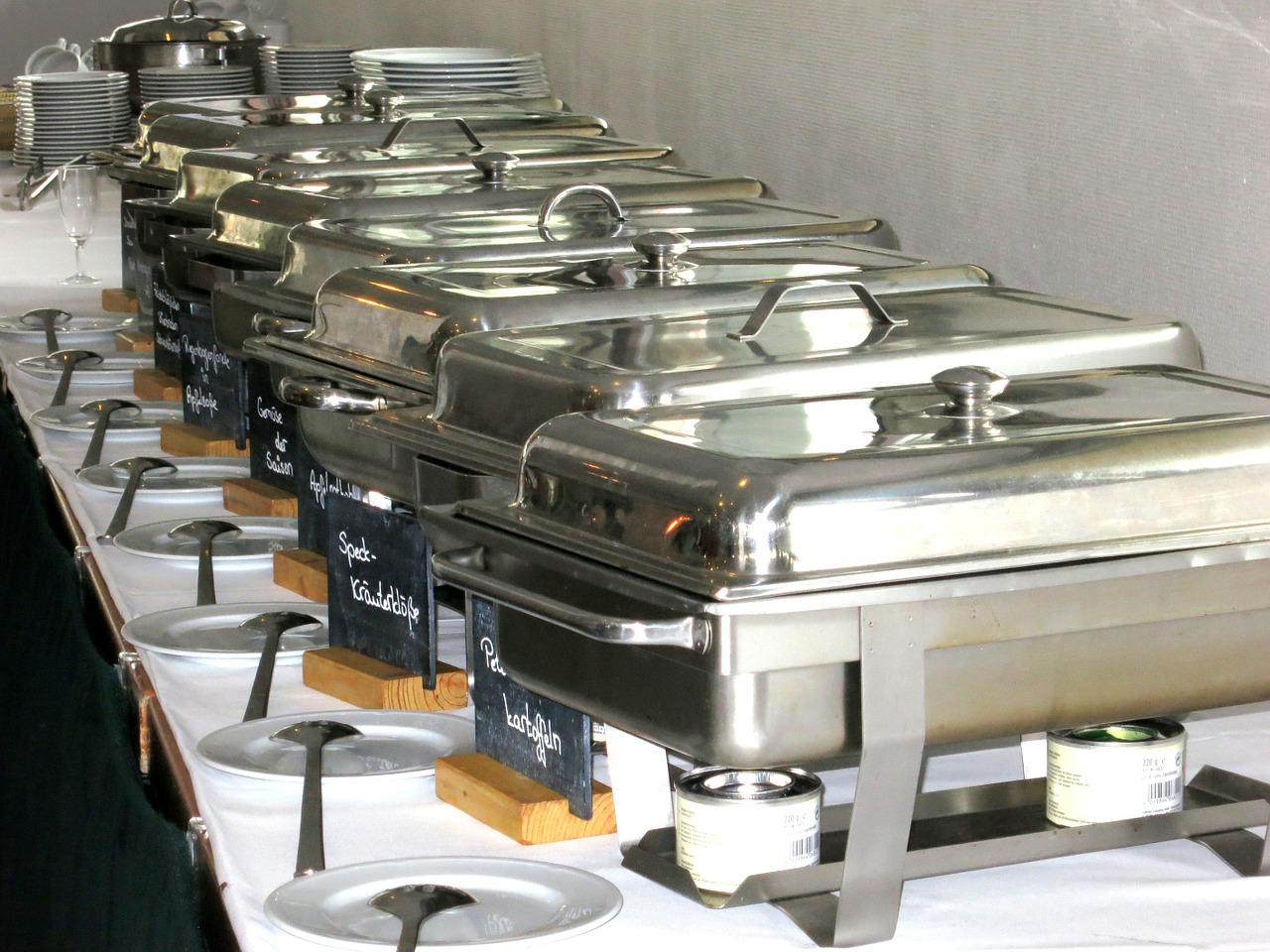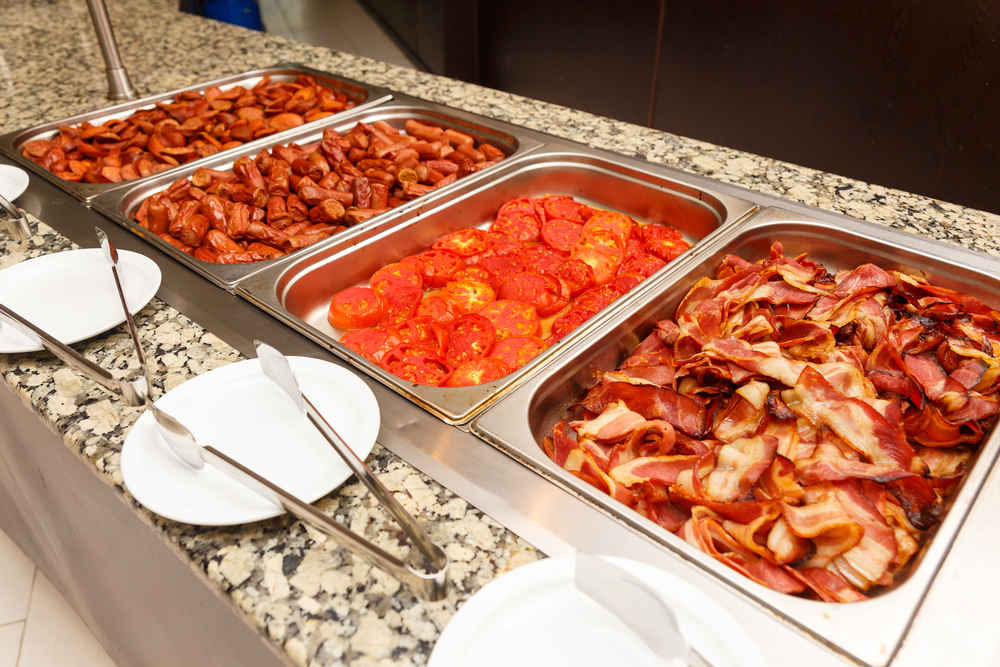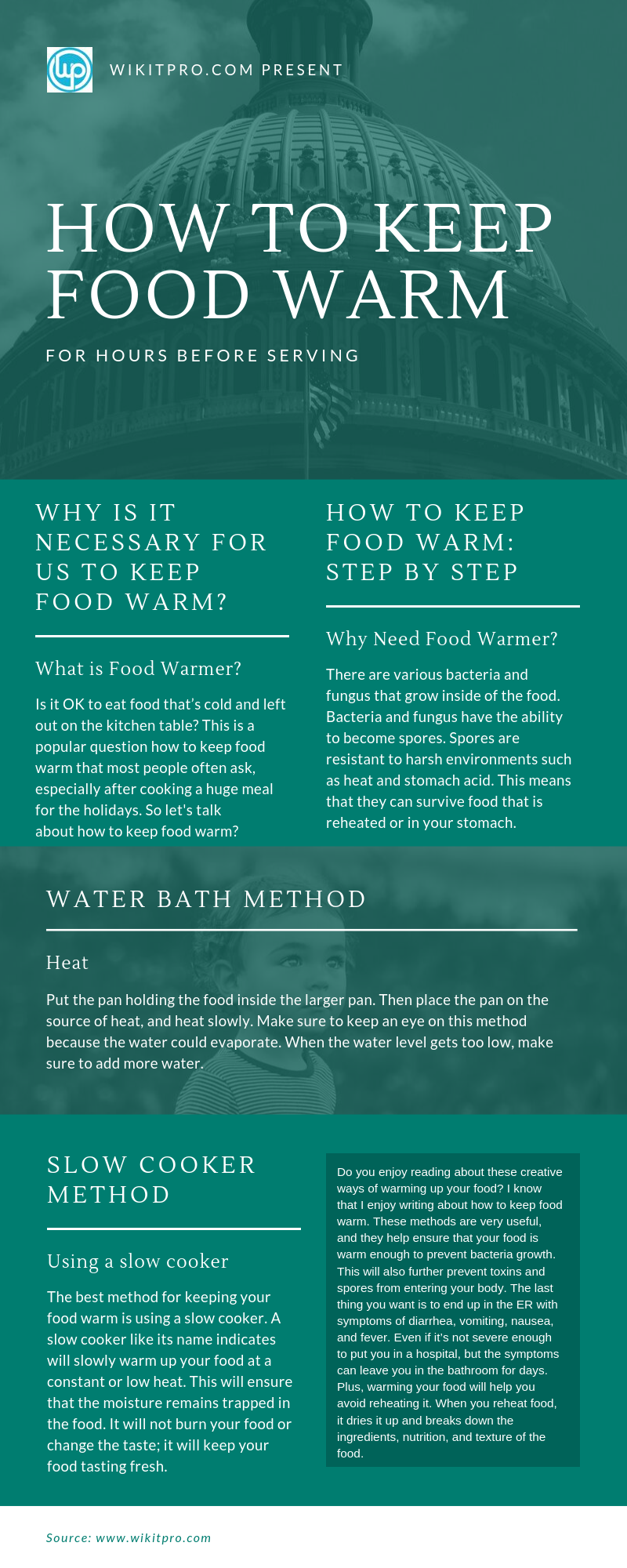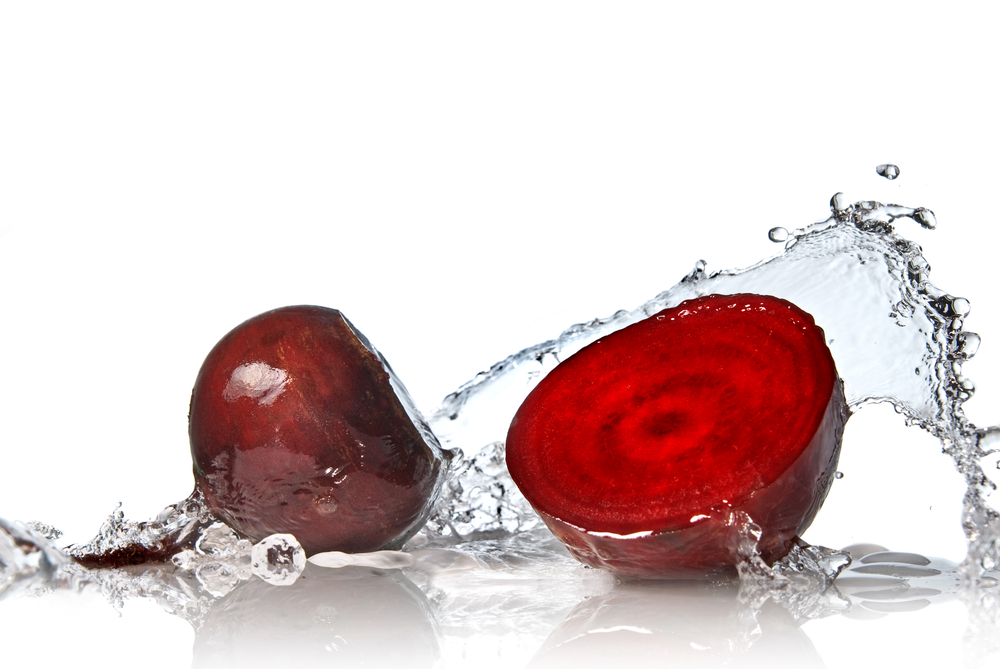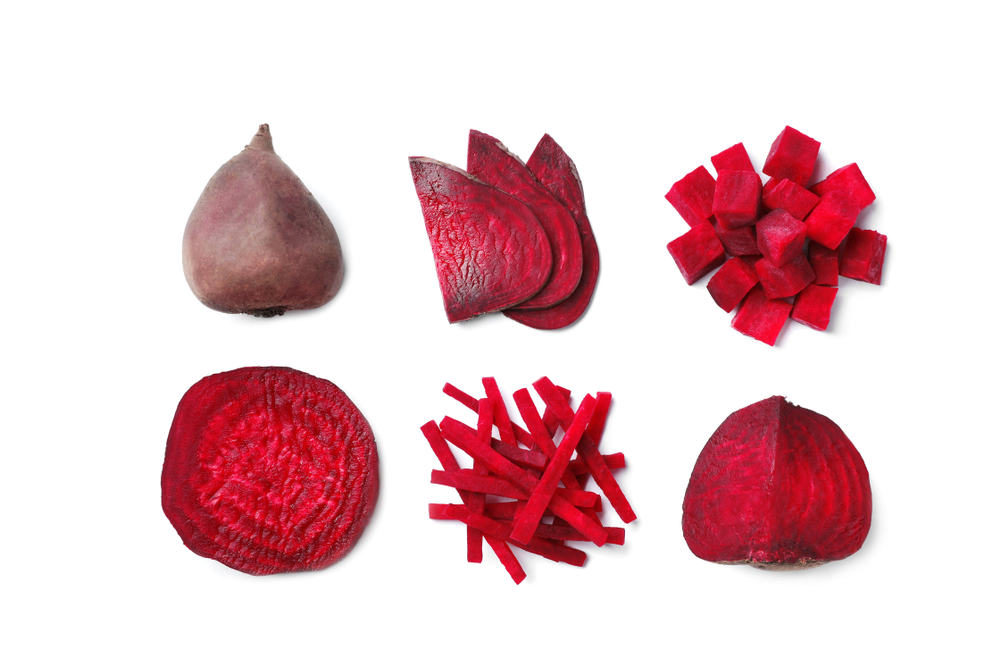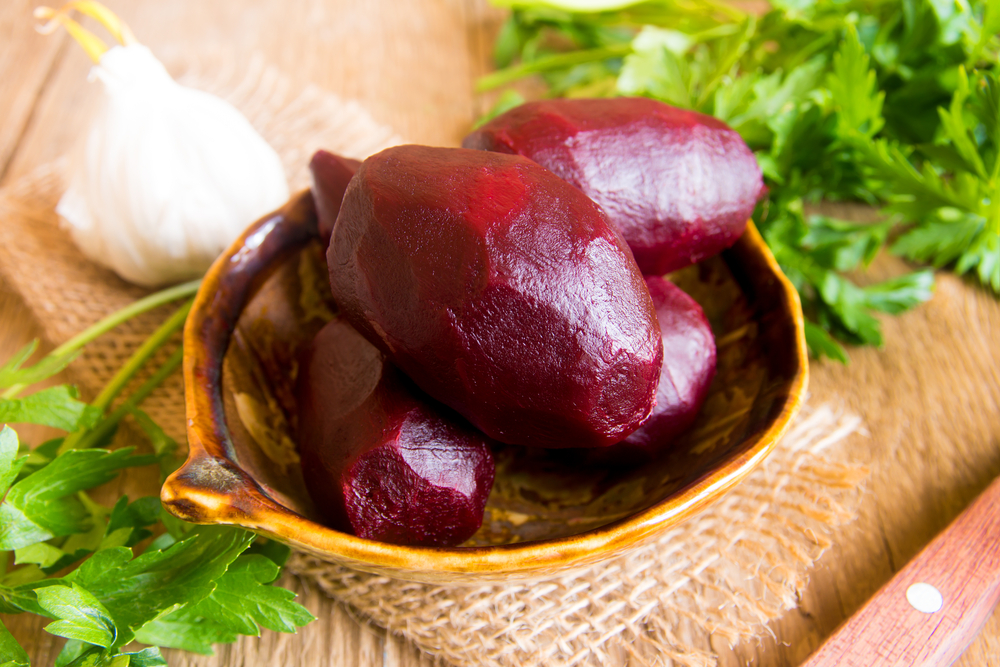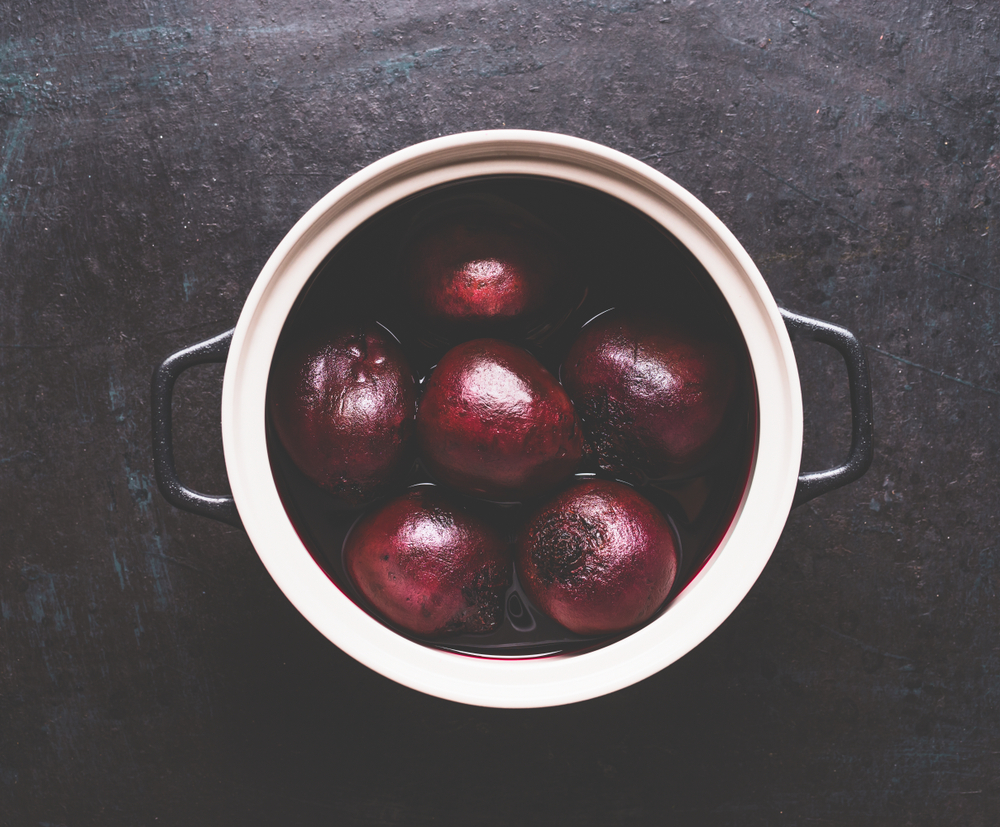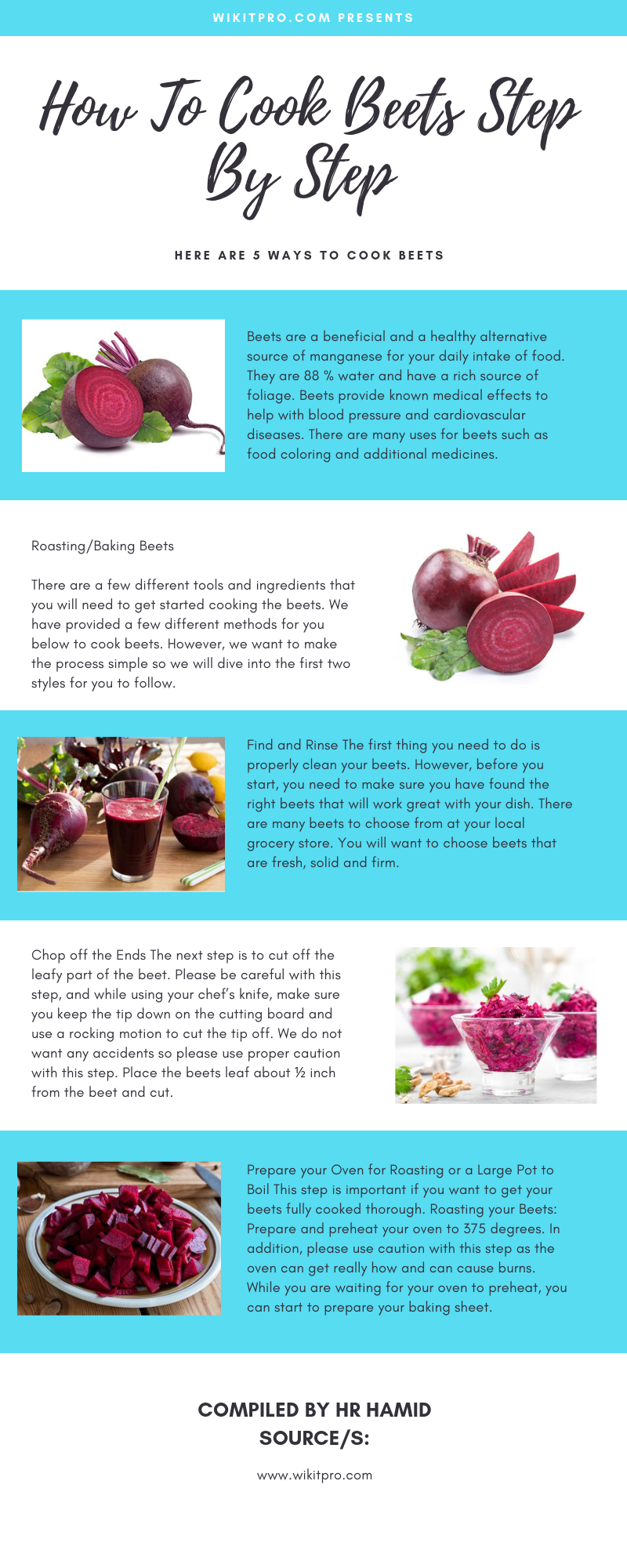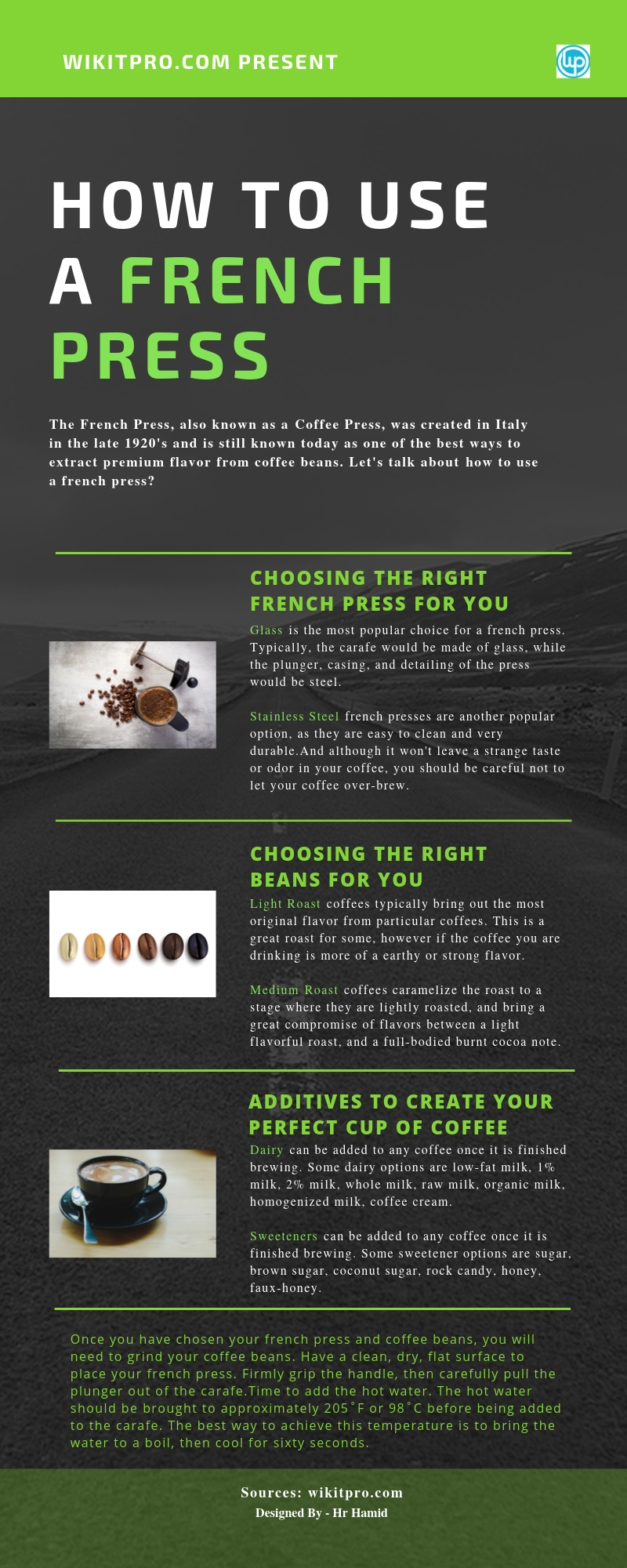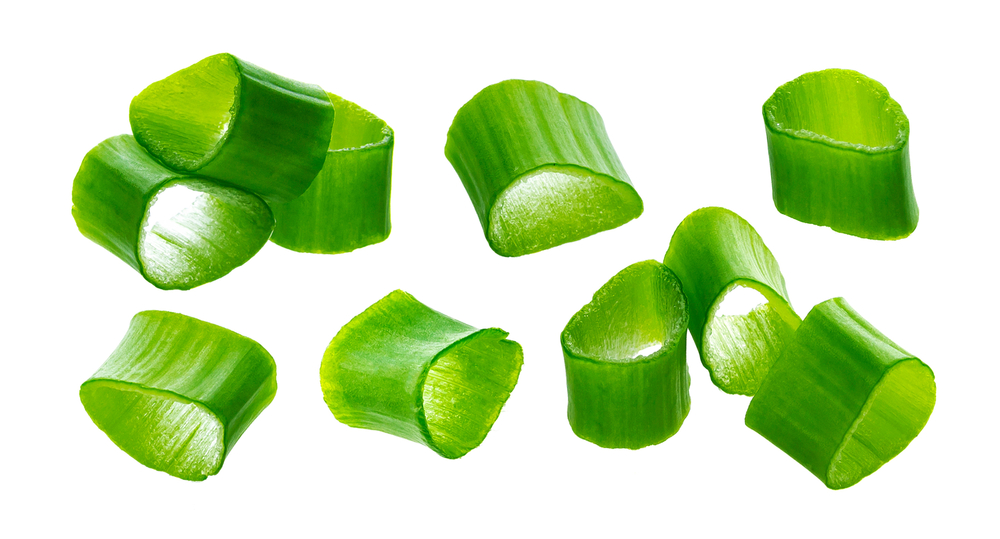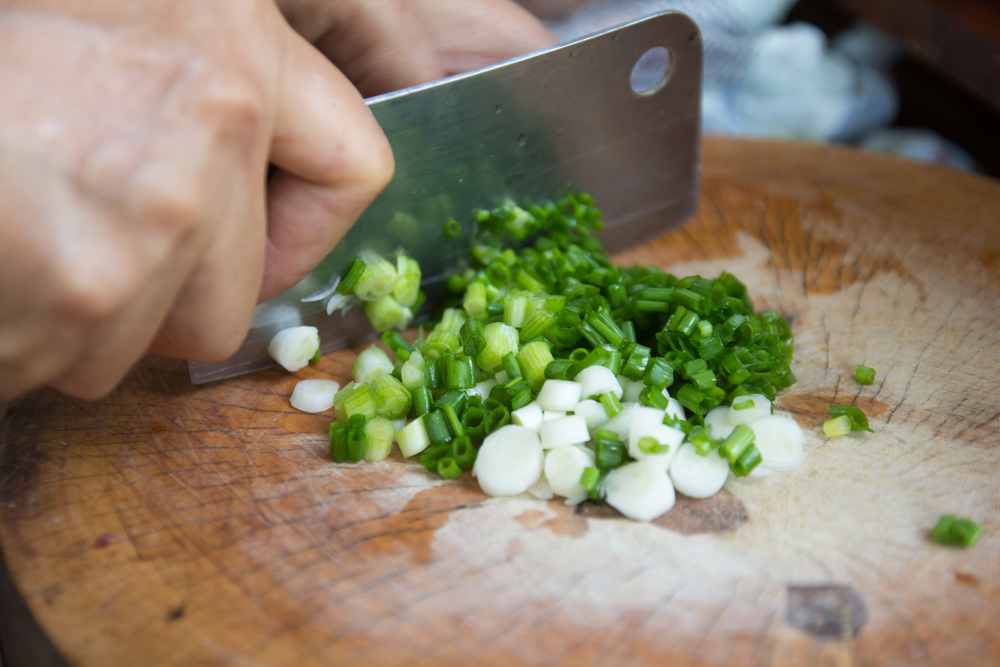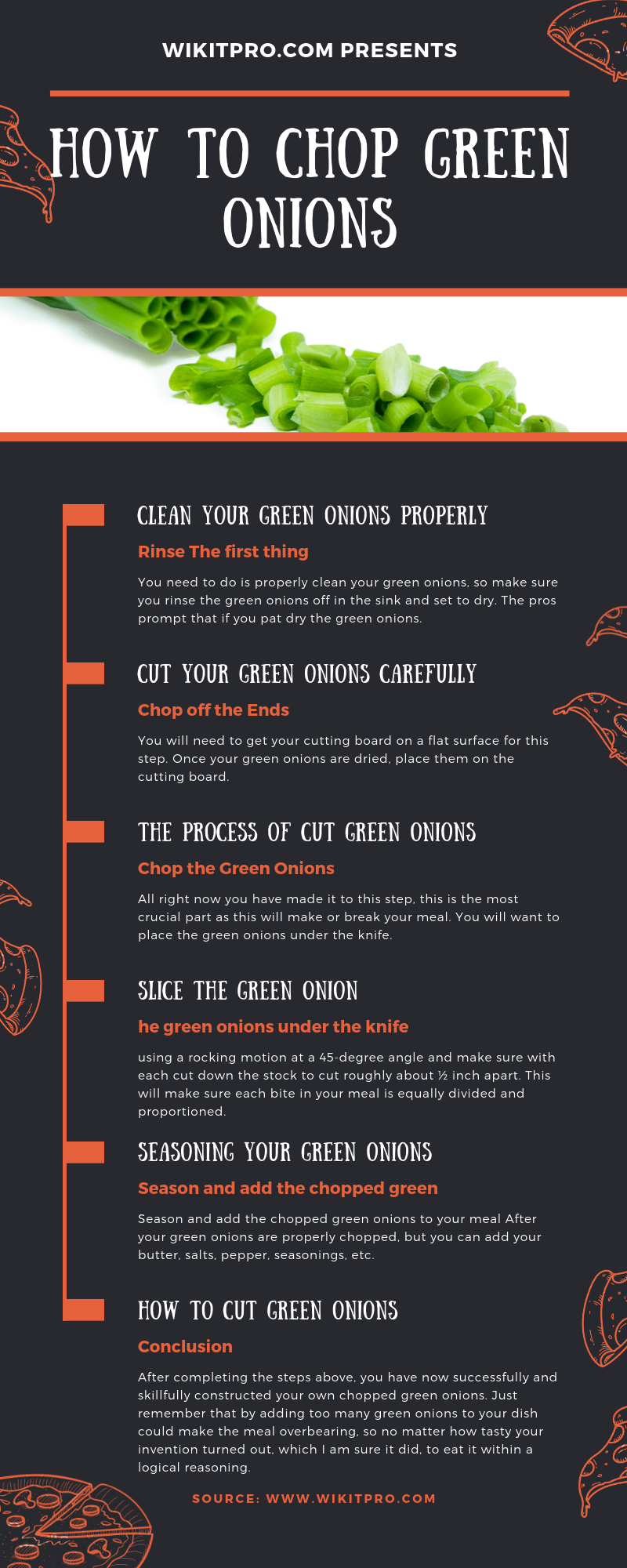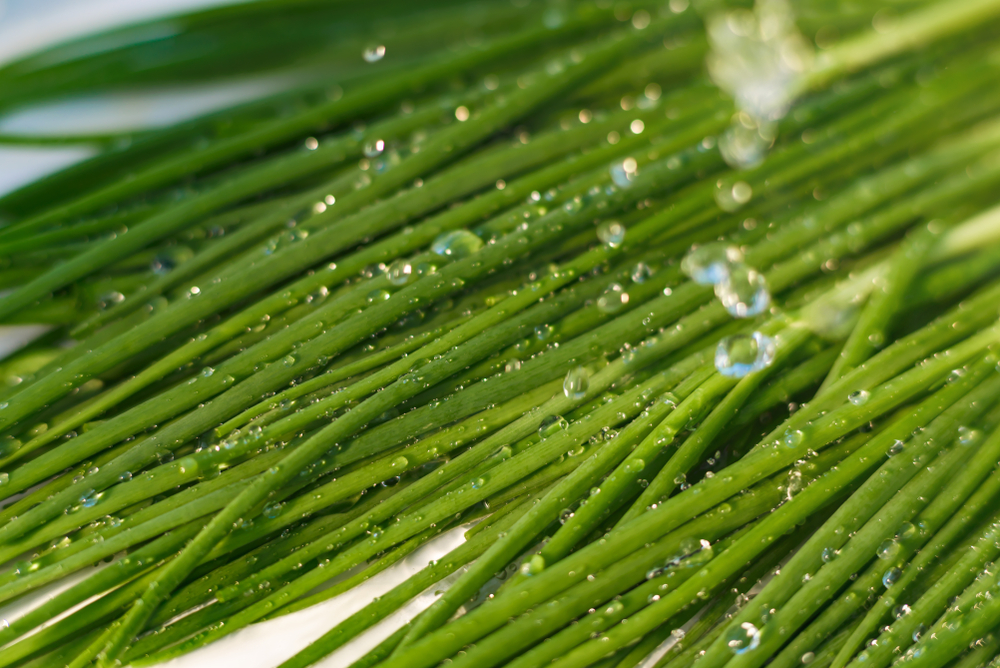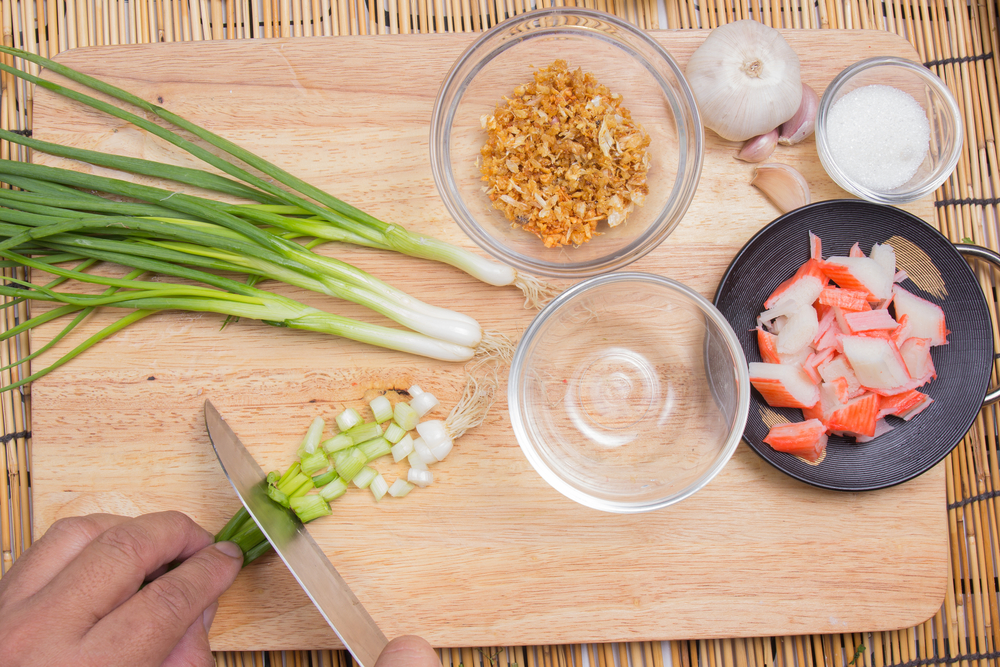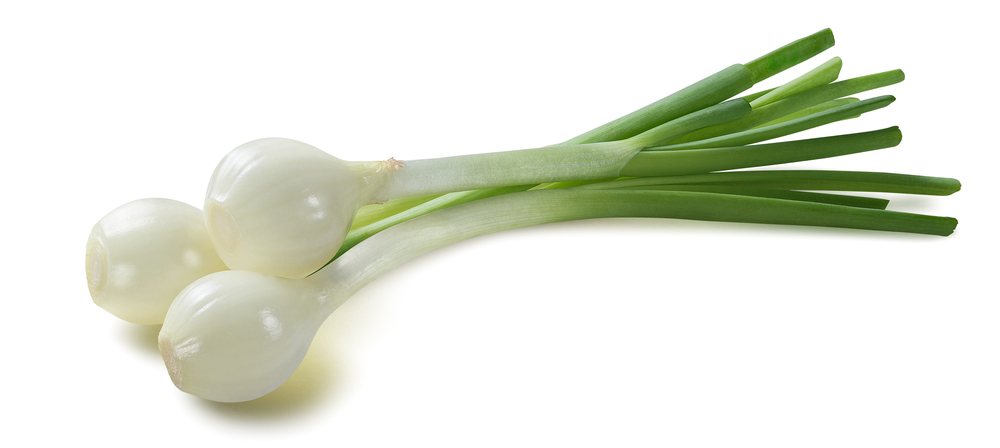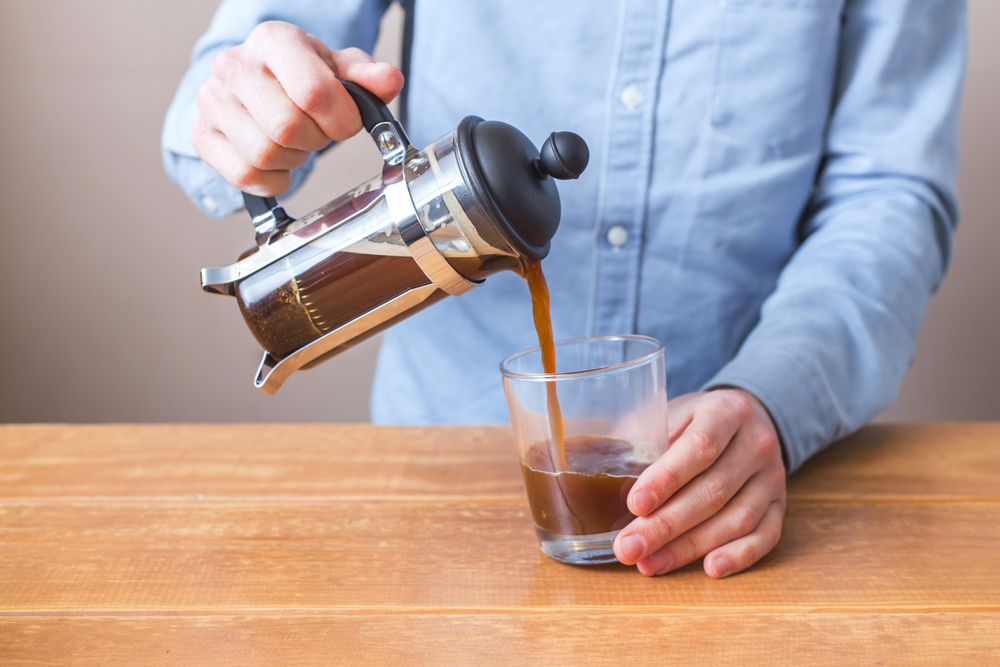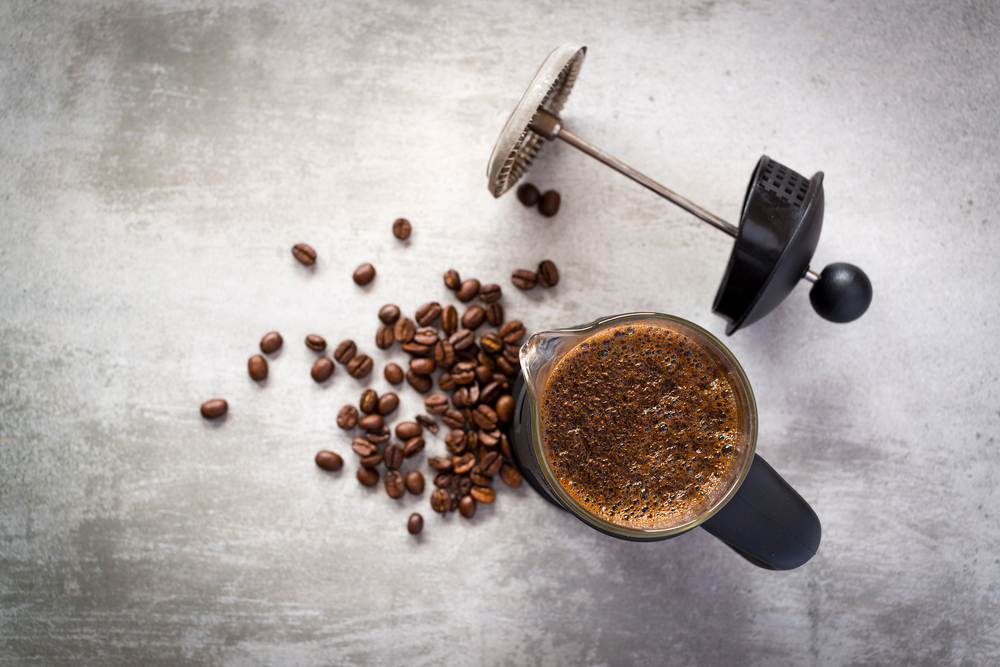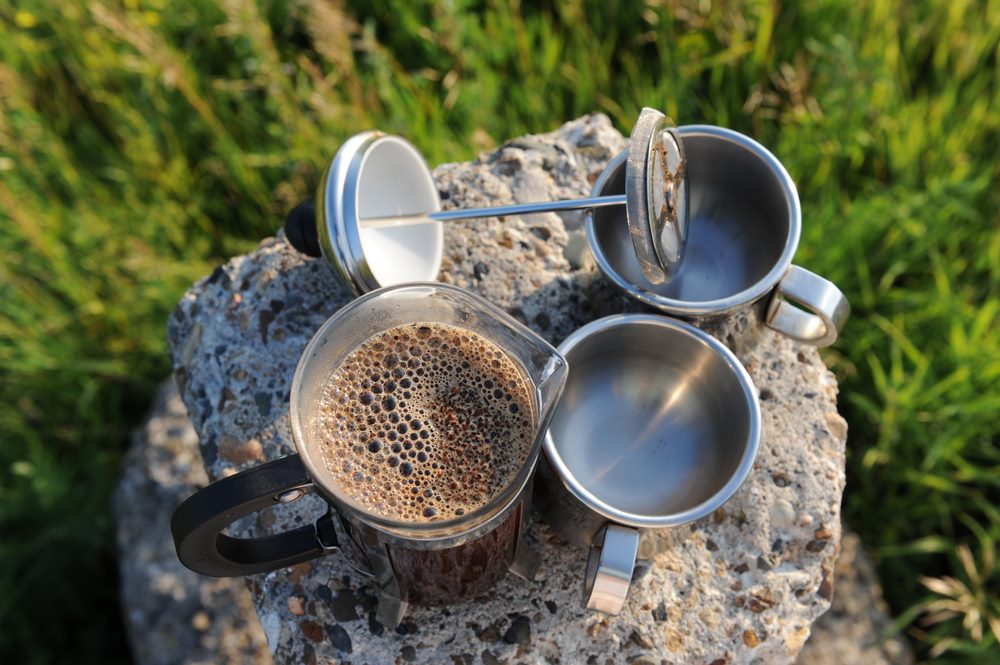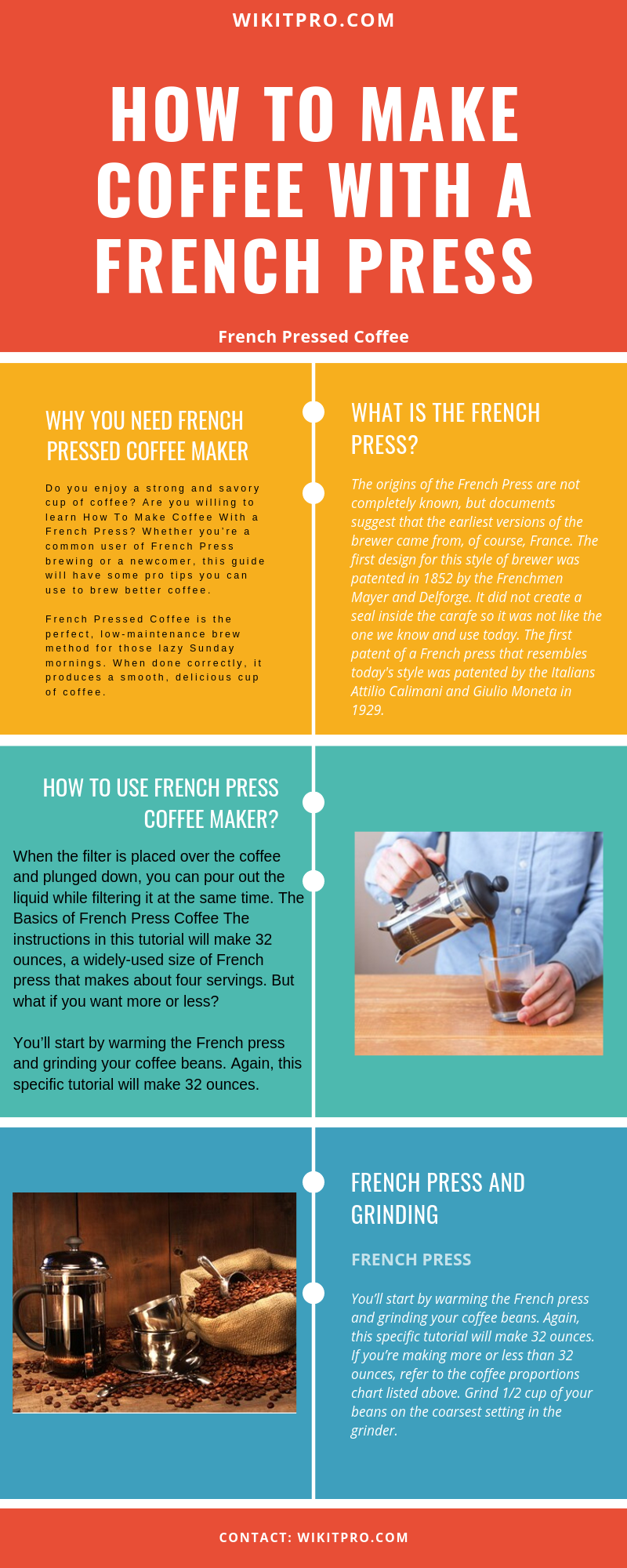Do you ever get tired of always fetching your favorite cup of coffee from a coffee shop every time you miss it? Or probably tired of making a terrible tasting cup of coffee, yet wishing that you could make one that tastes so good and refreshing like your friend’s, Susan. You even ask yourself what could be her secret ingredient yet you both use the same brand of coffee? Today, we will learn how to make coffee in a coffee maker? So, let’s start.
Well, I know exactly what she might be using, and you don’t; a coffee maker. I know this because having the right ingredients and using the correct procedure helped me a lot. I find it cost-effective and time-saving to make my coffee in a coffee maker. It only costs me less than 10 minutes to a make a refreshing cup of coffee for myself or my friends whenever they are around. I no longer have to rush and queue at the coffee shop every single time as I used to before I got a coffee maker.
What is Coffee Maker?
A coffee maker is a coffee brewing system which offers you an excellent solution to quench your coffee thirst at the comfort of your own home or at work. All it takes is a few simple steps to make a delicious cup of coffee anytime you want. Probably, you have come across this equipment, or you already own one, but you lack enough knowledge on how to use it.
These pro-tips will help you become an expert, and before you know it, your coffee making game would have already moved from a one to a ten. Here is a guide to everything you need and the procedures to follow to make that refreshing cup of coffee in a coffee maker.
Things you will need To Know to make coffee maker
• Get a Burr Grinder
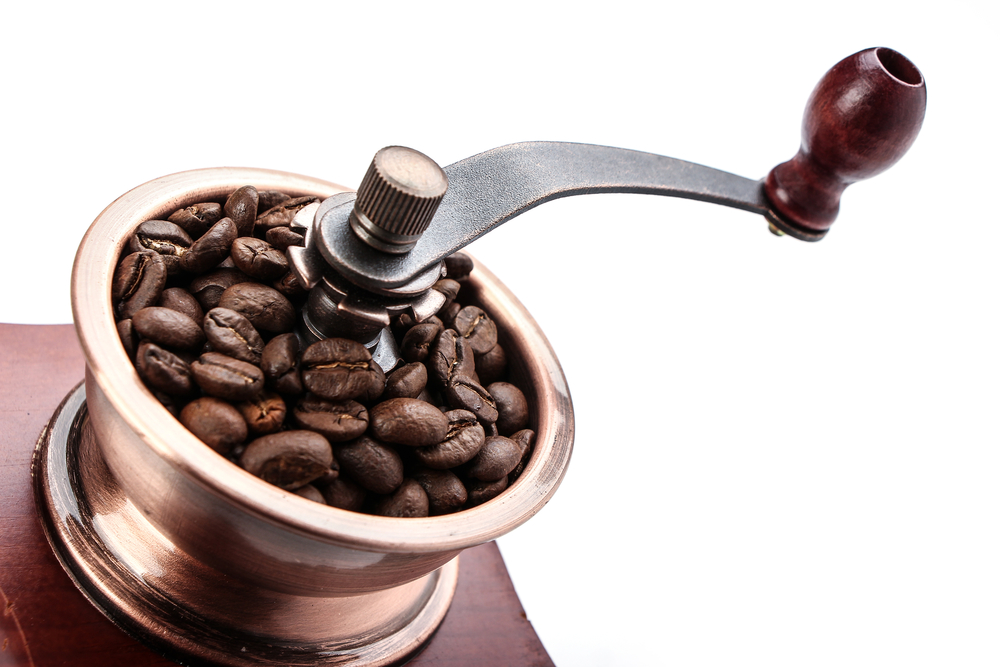
The best way to have a smooth and great tasting coffee is by consistently grinding the coffee beans, and how exactly do you do that? Use a burr grinder and ensure it that it has a hopper to funnel the beans down the grinding wheel. The results will be a fine and medium ground coffee. And there are eases to the way you can take a step to make a coffee with French press.
There are still other alternatives if you do not have a burr grinder which includes; using a mortar and pestle to smash the beans, using the standard blender to blend them similarly to the way you would do to your fruits or vegetables, using a rolling pin to grind and crush the beans or you can improvise with a hummer. I would recommend getting a burr mill for easy and quick results, and if not, go for the blender.
• Milk Frother
![]()
![]()
The best way to make latte milk is by using a milk frother. I would recommend you to get an electric one. It will make your work easy since all you will need to do is pour the milk in it, then press the button and wait for some few minutes for the end results. You can froth it either hot or cold depending on your preference.
What if I don’t have a Frother, you may ask? There are still other alternatives which include blending the milk at a high speed, and if not, you can use a whisk to create the foam. The key is to use fresh milk for excellent results. The two alternatives are great but I would opt for the milk frother or the whisk as they both give faster results than using a blender
• A Water Filter

The quality of the water you decide to use when making coffee matters for you to brew a tasty cup of coffee. You need to use filtered or purified water rather than going for water directly from the tap. For clean and good-tasting water, you can use a purifying water system. And coffee chokies recipe try it the most easy to make and deliciously.
If you do not have the purifying water system, you can try other means such as using mechanical filters, a stove up distiller, you could improvise a charcoal filter, solar water disinfectant or even better; boil the water. I would recommend boiling the water as it takes less time and resources and you are guaranteed to get clean and purified water that will give you the best result.
• Coffee Beans

You may have all the other items in place, but without quality coffee beans, you will never enjoy that refreshing cup of coffee. Ensure to go for the best quality beans, if possible, always try to buy coffee beans from shops that roast their own beans.
I know you may be wondering, “Why can’t I just go for the packed pre-ground coffee?”. Yes, you can, but I would recommend you go for the beans. When it comes to the food items, fresh things are always the best and coffee is not an exception. Moreover, the pre-ground coffee will already have lost its flavor and aroma, and if you do not want that, you better grind the beans yourself.
• The coffee maker
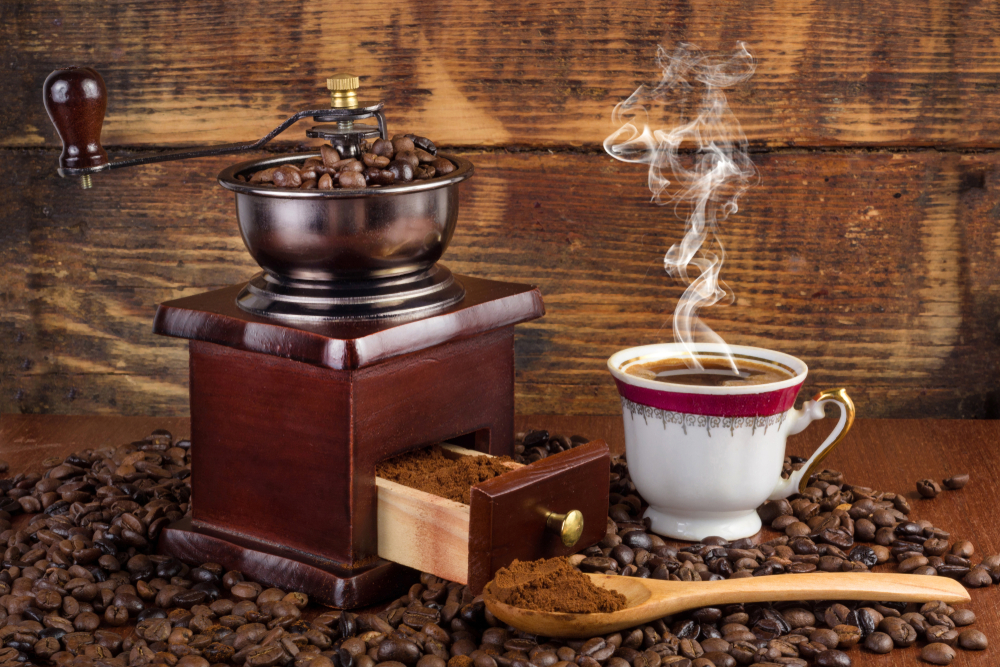
Now that you have everything in place, it is now time to get started, and you cannot do it without a coffee maker.
There are other alternatives to make coffee without a coffee maker such as using a strainer, a filter, a saucepan or a French press. I would definitely recommend the coffee maker as it is fast and gives the best-guaranteed end product.
These are the steps for making coffee with a coffee maker
Step 1: Pour the filtered water into the reservoir
As mentioned, you will need to filter your water first as this enhances the taste of the coffee. The amount of water you decide to use depends on the number of servings you want to make. Every cup of coffee will need about 180 ml of water and for a quick measurement; you can just use a measuring cup.
It is important to note that you must avoid distilled or softened water in the process. If your coffee maker has serving lines which you can use for coffee measurement, then do not forget to add some extra amount of water due to the water that will be lost through evaporation.
Step 2: Put a filter paper into the holder
This is an optional step that you could only follow it if needed to. To do this, open the filter compartment on your system and check if it has a mesh filter basket. If it does, you will not need to add the paper filter, and if it doesn’t, you have to insert the improvised filter.
However, the filter paper must go hand in hand with the shape of your coffee maker. Some filter papers take the form of an envelope while others are shaped like cups. The filter paper aims to filter the coffee grounds so that you can get clean coffee.
Step 3: Add your coffee grounds in the filter
This step is a significant determinant. You do not want to use too much or too little coffee. The taste of the coffee must be balanced. The amount you use will depend on the number of servings you intend to make. For each serving, you will need about one tablespoonful of the ground coffee, but if you love your coffee strong, you can go for two. Also, it is up to you to choose the way you grind your beans.
You may opt for fine, medium or course depending on how you love it but as mentioned earlier, whole beans are more preferable than the pre-ground packed coffee
Step 4: Brew your coffee
After putting the coffee grounds on the filter, slide it back to its position and close the lid. This is based on the design of coffee maker system that you have. You are now ready to brew your beverage. Turn on the maker and sit back as you wait for it to finish the process.
The time taken depends on the amount of water you use, but in most cases, it takes a maximum of five to six minutes. How do you know that your coffee is ready?
You should be keen on the dripping noise coming from the coffee maker, and once it has stopped, then you will automatically know that your coffee is ready. If your coffee maker is not automatic then you will need to turn it off immediately after it stops dripping. Most of the coffee makers automatically switch themselves off when they are done brewing. Remove the filter and get rid of the filtered residue.
Note that you should be cautious when opening your coffee maker. The coffee is still hot which causes it to release hot steam, and if you are not careful, you could get burned. You are not going enjoy the coffee if you are in pain.
Step 5: Serve your coffee and make a froth
That was fast, wasn’t it? Your coffee is now ready, yet the whole process took you less than 10 minutes to prepare. You can sweeten your coffee however you wish, but the simplest way to make it creamy is by using milk. If you are a sugar lover, you can add sugar or maple syrup.
You should check the ingredients first to know if your milk has some sweetness in it so that you would not need to add extra sugar. For a perfect latte, serve your coffee, heat up your milk and using a milk frother, froth the milk or just use a whisk to give it a nice beat. Slowly pour your milk into the coffee while stirring, and there, you have your tasty coffee. If you follow the right instructions, it will turn out much better than the coffee you have been fetching from the coffee shop.
Conclusion

What a simple procedure. I hope you loved it. What’s even better about making coffee in a coffee maker is that not only will you be making quality coffee from the comfort of your house but it costs you less than buying coffee from a coffee shop.
Now that you know how to make coffee with a coffee maker, you can get started on how to make and drink your favorite cup of coffee as often as you want. This simple procedure changed my life. Ever since I learned how to make coffee in a coffee maker, I always make my coffee every morning and some extra to carry to work. I hope it changes your life and routine too for the better.
If you loved this tutorial, do not forget to leave a comment on the comment box below, like and share with your friends and family.

